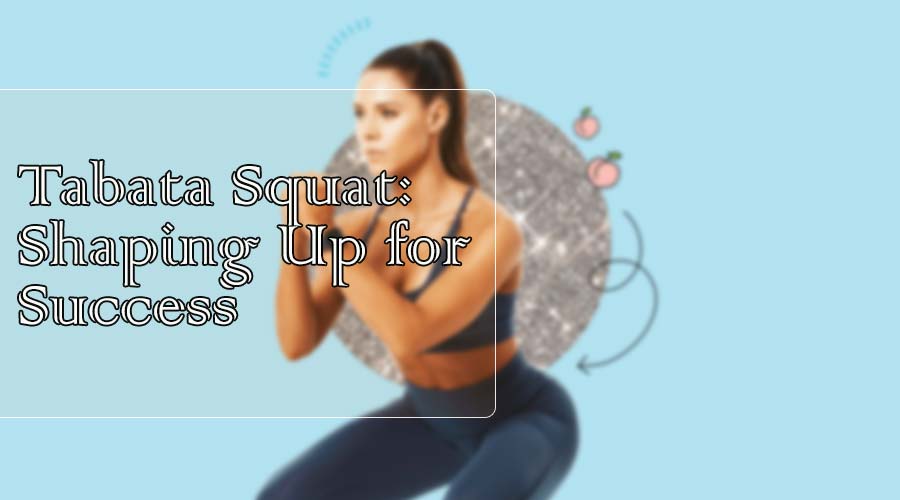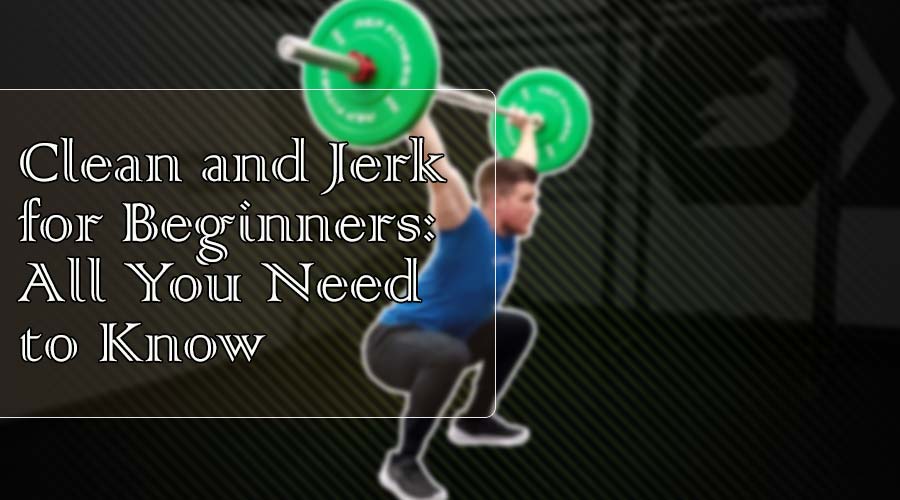Are you looking for an effective way to get fit quickly? Tabata Squats are an excellent way to reach a new level of physical fitness. This high-intensity workout can help you jumpstart your exercise routine and get in shape fast. The Tabata Squat is easy to learn, and it only takes a few minutes to complete. With dedication, you’ll be able to reap the benefits of this exercise in no time.
What is Tabata Squat?
Tabata Squat is a high-intensity interval training (HIIT) exercise that focuses on the muscles of the lower body. It involves performing an explosive, full-body squat movement in a quick and powerful manner for 20 seconds. This is then followed by 10 seconds of rest before repeating the cycle eight times for a total of four minutes. Tabata Squat has become increasingly popular amongst fitness enthusiasts due to its ability to improve physical endurance and develop muscle strength quickly as well as efficiently.

The fast pace at which one must move during this exercise means that it requires both mental and physical agility, creating an intense workout for those participating. Although this type of exercise does demand great effort from one’s body, its short duration makes it manageable even for novice exercisers who may lack experience or stamina when completing other HIIT exercises.
Benefits of Tabata Squats
Tabata squats are an incredibly effective exercise that can help you get in shape and improve your overall health. When done correctly, Tabata squats provide numerous benefits, including improved strength and postural control, better coordination and balance, increased cardiovascular endurance, protection from injury, enhanced breathing capacity, and reduced body fat.
The most important benefit of doing Tabata squats is the intense workout they provide. The nature of this exercise allows you to get a high-intensity interval training session every time. When performing Tabata squats correctly with proper form and intensity, it can engage nearly all of the major muscle groups in your lower body while also activating your core muscles to improve stability. This type of full-body workout allows for maximum calorie burning in a short amount of time—the perfect choice if you’re looking to get fit quickly without spending hours at the gym.
Equipment Required
Tabata squats are intense exercises that require a minimum amount of equipment for the greatest results. For this exercise, all you need is a pair of comfortable shoes and clothing that allow for adequate movement. Though these are the only items necessary to perform Tabata squats, there are several pieces of additional equipment that can help maximize your workout.
A yoga mat can provide extra cushioning to reduce joint strain and make it more comfortable to complete the various squats. To increase the intensity, free weights or a barbell can be used as added resistance while doing Tabata squats. Resistance bands may also be employed in order to add variety and challenging new movements to traditional squat exercises while engaging different muscle groups at once. Lastly, having access to a medicine ball or kettlebell can further enhance your workout by adding strength training into your routine with weighted abdominal work such as Russian twists and sit-ups.
How to Perform Tabata Squats?
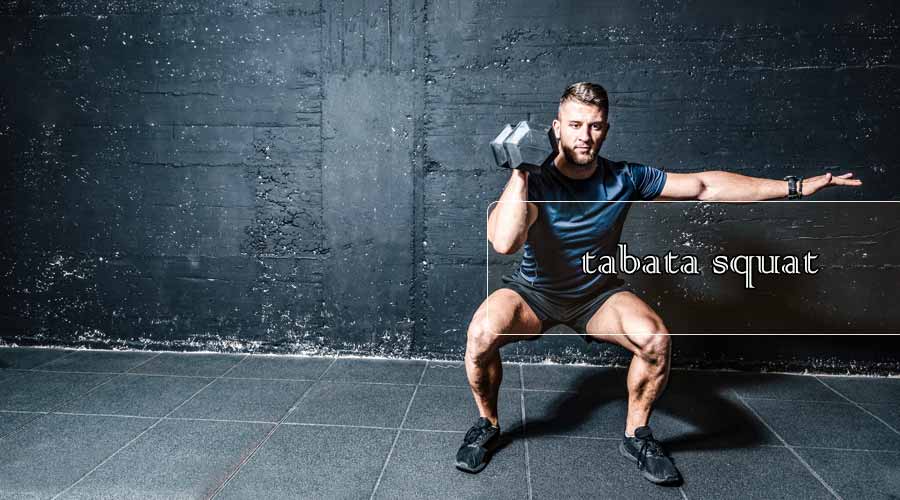
Tabata squats are an incredibly effective exercise that strengthens the legs and core while also providing a great cardiovascular workout. It is important to perform Tabata squats correctly in order to get the most out of them and avoid injury. To begin, stand with feet shoulder-width apart facing forward, with your arms at your sides or crossed over your chest. Bend at the knees and hips as if you were about to sit down in a chair, keeping your posture straight throughout the squat. Once you have reached a seated position using only your leg muscles, hold for one second before quickly pushing back up to a standing position using both legs evenly. This counts as one rep; do this 8 times for each set of Tabata squats.
Common Mistakes to Avoid
When performing Tabata squats, it’s important to be mindful of common mistakes. Knowing how to do them properly and avoiding these missteps can help ensure an effective workout, and that you get the most out of this exercise. The first mistake to avoid is not using the proper form. When performing Tabata squats, make sure your feet are shoulder-width apart, your chest is up, and you’re pushing back into your heels as you lower yourself down. Another big no-no is bouncing at the bottom of a squat rep; this puts unnecessary strain on your joints and increases the risk of injury. Finally, don’t forget to take breaks throughout your set – take a few seconds at the top or bottom of each rep rather than just powering through all 20 seconds without rest!
Modifications for Beginners
Tabata squats are a great way to get your workout in while challenging yourself. For those just starting out or with physical limitations, however, modifications can be useful. This involves reducing the number of reps and/or decreasing the range of movement. This allows someone to still partake in Tabata squats without overtaxing their muscles or risking injury.
A beginner should start with half-repetitions for each set, standing up halfway and then lowering back down as deep as possible until comfortable. Additionally, they could use an exercise band looped around their knees for assistance if it gets too hard during the squat motion itself; this will help them complete more reps per set but also reduce any discomfort that may arise from going deeper than necessary. Stretching before and after the session is also important to ensure proper form and a safe workout experience overall.
Variations on Tabata Squat
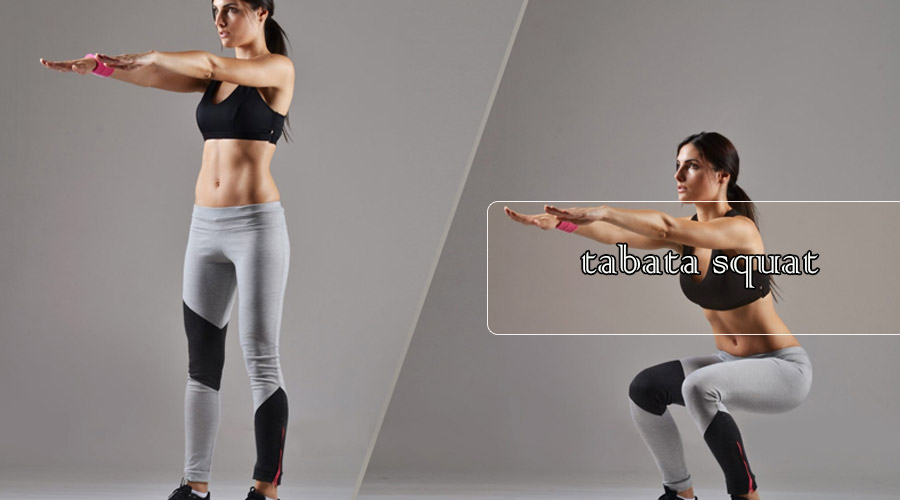
Variations on Tabata Squat provide an effective and efficient way to build strength and power. The squat, one of the most important exercises in a comprehensive strength program, can be enhanced by adding Tabata protocols to increase the intensity and maximize time under tension. With a few modifications, this exercise can be used to target multiple areas of the body while also increasing workout intensity.
Tabata squats involve doing eight rounds of 20 seconds each with 10 seconds rest in between each round. During those 20 seconds, you are doing as many squats as you can before resting for 10 seconds. This high-intensity version of the traditional squat is designed to push your muscles further without having to spend more time working out than necessary.
Injury Prevention
Injury prevention is essential when engaging in any physical activity, especially something like Tabata squats. It’s important to understand the form and technique of the exercise before beginning so that your body is properly prepared to handle the intensity of the workout. Taking time to build strength and practice proper form can help reduce the risk of injury while performing Tabata squats. Additionally, using appropriate equipment such as weights or kettlebells can help ensure you are doing the exercise correctly and safely.
When executing a Tabata squat routine it’s vital to practice good posture throughout each repetition. Keeping your back straight with your shoulders back will make sure you are working out with the correct form, which helps prevent strain on different muscle groups in your body from overexertion.
Recovery After Tabata Squat
Recovery after a Tabata squat is an important part of the exercise program and should not be overlooked. The Tabata squat is an intense, high-intensity interval training workout that combines aerobic and anaerobic elements to give your body a full-body workout. After performing these grueling exercises, it’s essential to take time for adequate recovery.
First off, immediately following the Tabata squat, it’s recommended to do some light stretching or foam rolling to help your body relax and reduce any stiffness from the exercise. This will also help improve blood flow, which can improve recovery time. Additionally, proper hydration is important during recovery; water helps flush toxins and replenish electrolytes that were lost during the workout. Finally, getting adequate rest helps your body rejuvenate and rebuild muscle fibers that were broken down during the Tabata squat session.
Tips for Maximum Results
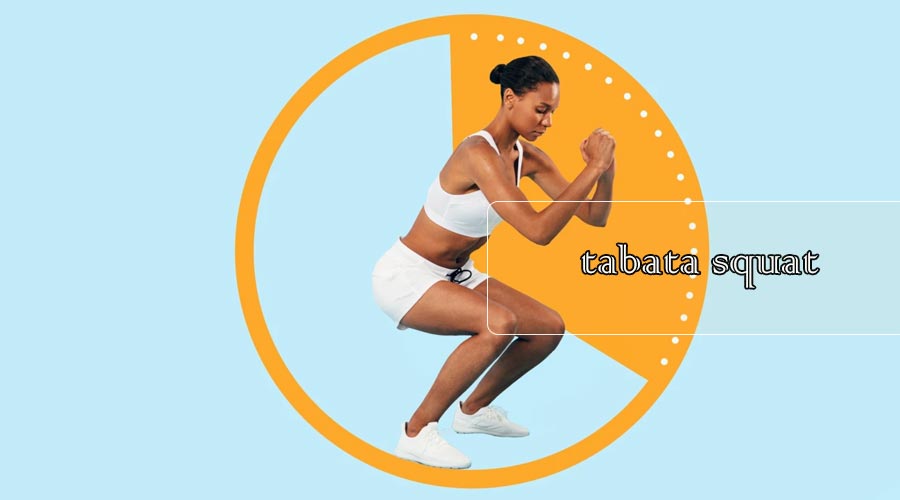
Tabata squats are an intense yet effective workout for strengthening the lower body and improving overall fitness. To get the most out of Tabata squats, a few tips should be kept in mind. First and foremost, proper form is essential for avoiding injury and ensuring maximum results from the exercise. Maintaining a good stance with arms extended in front, chest up, core engaged, and feet firmly planted hip’s width apart will provide a solid foundation while performing Tabata squats. Secondly, it’s important to use controlled movements throughout each rep – accelerating on the way up so that there is no break between repetitions when descending back down into the squat position. Finally, pushing oneself during each Tabata set by maxing out intensity helps to maximize results while also building endurance over time.
Safety Considerations
Tabata squats are a popular high-intensity workout that can help to improve physical strength and endurance. However, proper safety precautions must be taken when doing Tabata squats since the intensity of the exercise can put excessive strain on muscles and joints if done incorrectly. Therefore, it is essential for individuals to learn about the safety considerations necessary before attempting any Tabata squat exercises.
The most important thing for people to understand before doing a Tabata squat is proper form. This includes maintaining a neutral spine, keeping an appropriate distance between feet, engaging core muscles, and ensuring that the movement originates from the hips with knees directly over the toes. Additionally, it is crucial to start at a comfortable load with light weights or no weights in order to prevent straining or injury while learning proper form.
Conclusion: Why Try Tabata Squat?
In conclusion, trying the Tabata squat is a great way to get in shape and increase overall fitness. Not only does it provide an effective workout, but it also requires minimal investment in terms of time and equipment. Tabata squats are incredibly versatile and can be used as part of a full-body workout routine or target specific muscle groups for increased strength and tone. Additionally, the quick exercise interval helps to keep workouts fun and engaging while providing an intense workout that will build functional strength over time. For those looking to increase their fitness level in an easy-to-follow routine, there is no better option than Tabata Squat!
Frequently Asked Questions (FAQ)
Is a 20-minute Tabata squat enough?
The answer is both yes and no. Tabata squats can be an effective way to help improve lower body strength, but they are not necessarily the right option for everyone. For those who have already reached a certain level of strength and conditioning, Tabata squats may not offer enough intensity or volume to induce further gains in either muscle size or strength. However, when done correctly with an appropriate weight load, Tabata squats can help beginners increase their muscular endurance as well as overall leg power.
How does the Tabata squat compare to other squat variations?
The fundamental difference between the Tabata Squat and other variations lies in its intensity and duration. The classic Tabata consists of 20 seconds of intense work followed by 10 seconds of rest, repeated eight times for four minutes total. This regimen provides a high-intensity workout compared to squats done at moderate or low intensity with longer sets and rest periods.
How do I start Tabata Squatting?
Begin by standing up straight with your feet slightly wider than shoulder-width apart. Next, lower into a squat position until your thighs are parallel to the ground while keeping your back straight and chest lifted throughout the movement. Then push back up through your heels to return to an upright position before repeating the move again as quickly as possible within 20 seconds. When you reach the end of 20 seconds, rest for 10 seconds before starting another round of squats.
What happens if I do Tabata squat every day?
It’s important to remember that while it is possible to do Tabata squats every day, this should be done in moderation as overdoing it may lead to soreness or injuries. Therefore, it’s best not to work for the same muscle groups on consecutive days. To minimize the risk of injury, start slowly and gradually increase your intensity over time. Also, make sure you’re adequately stretching afterward for flexibility and recovery purposes.

